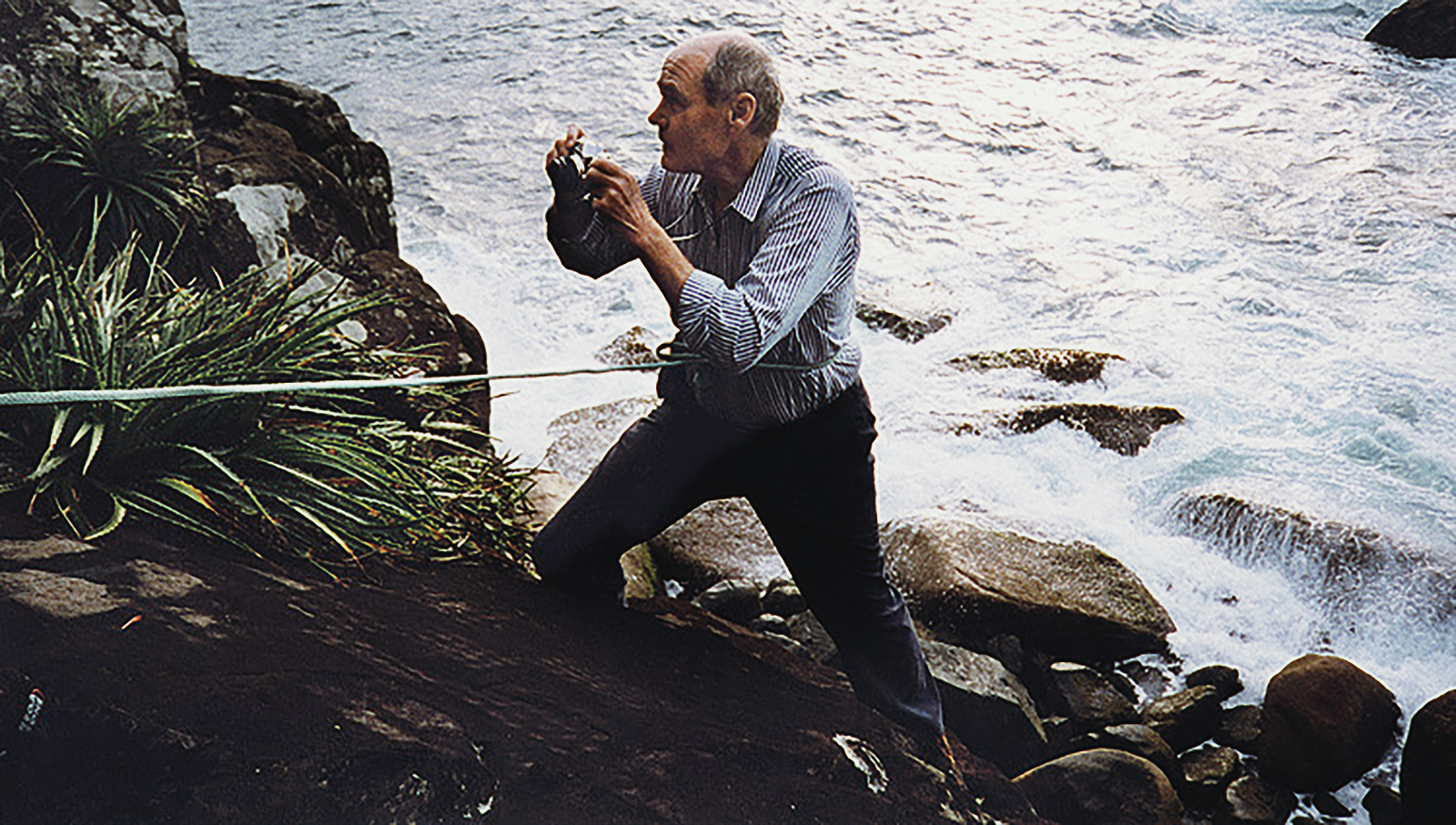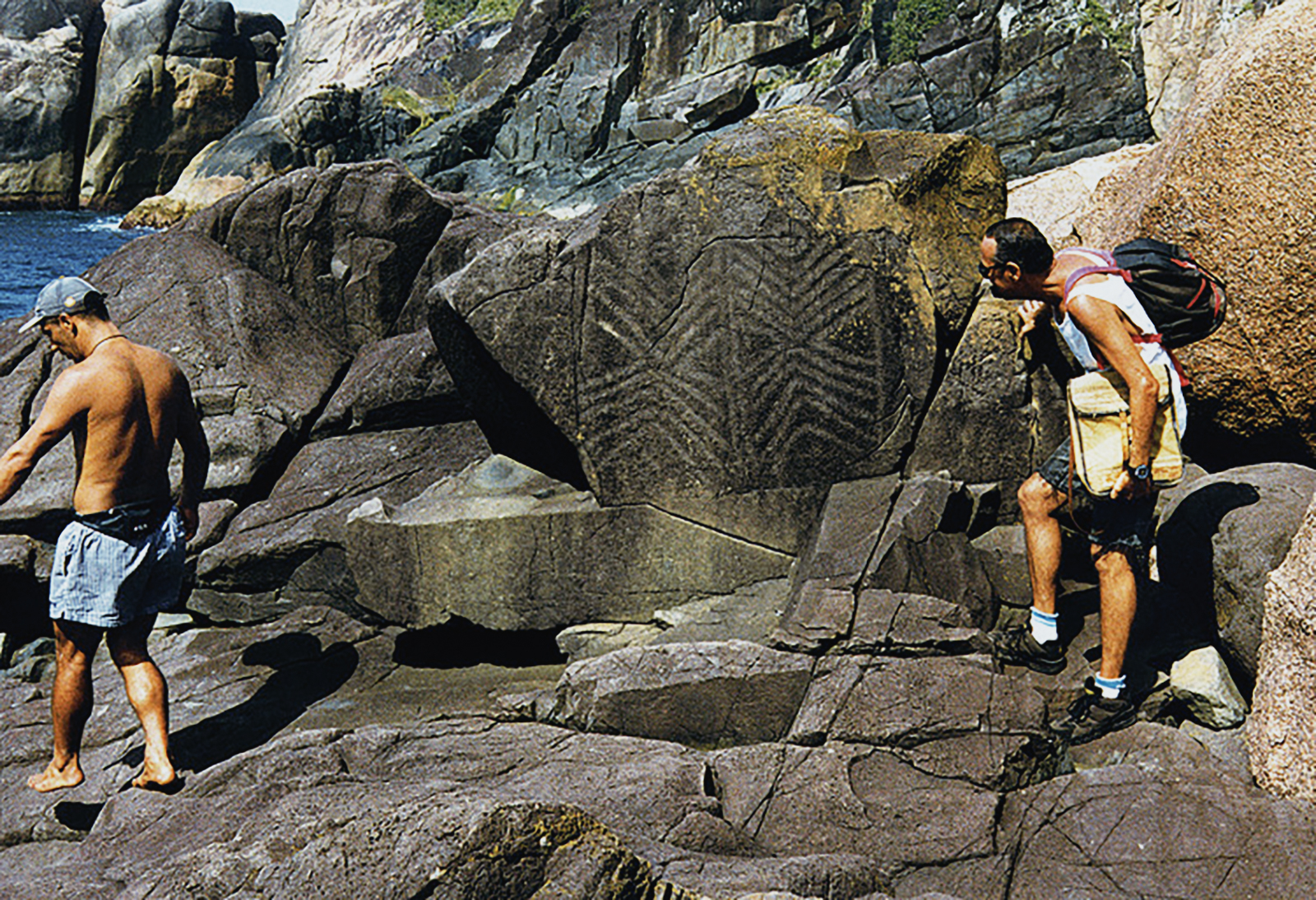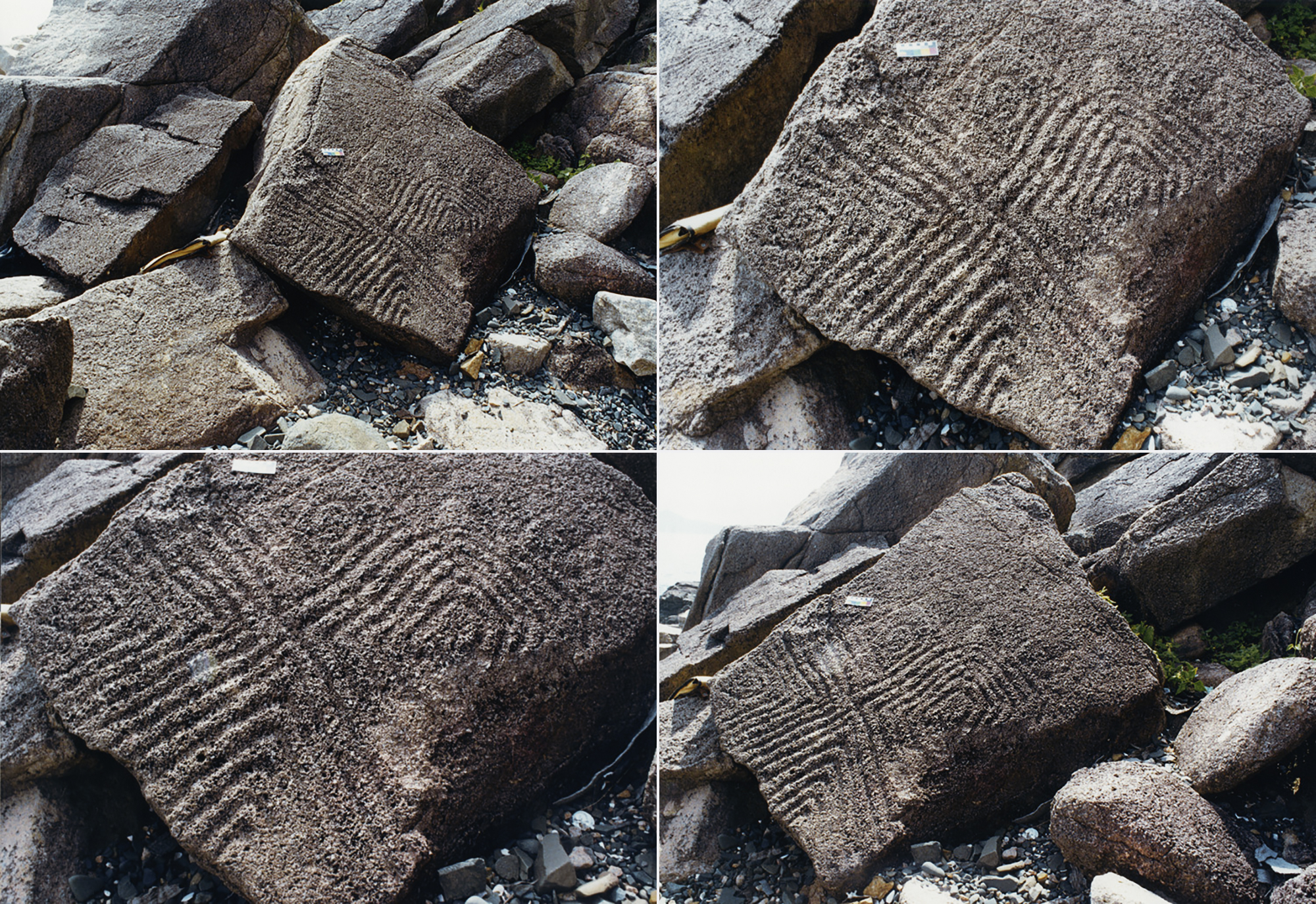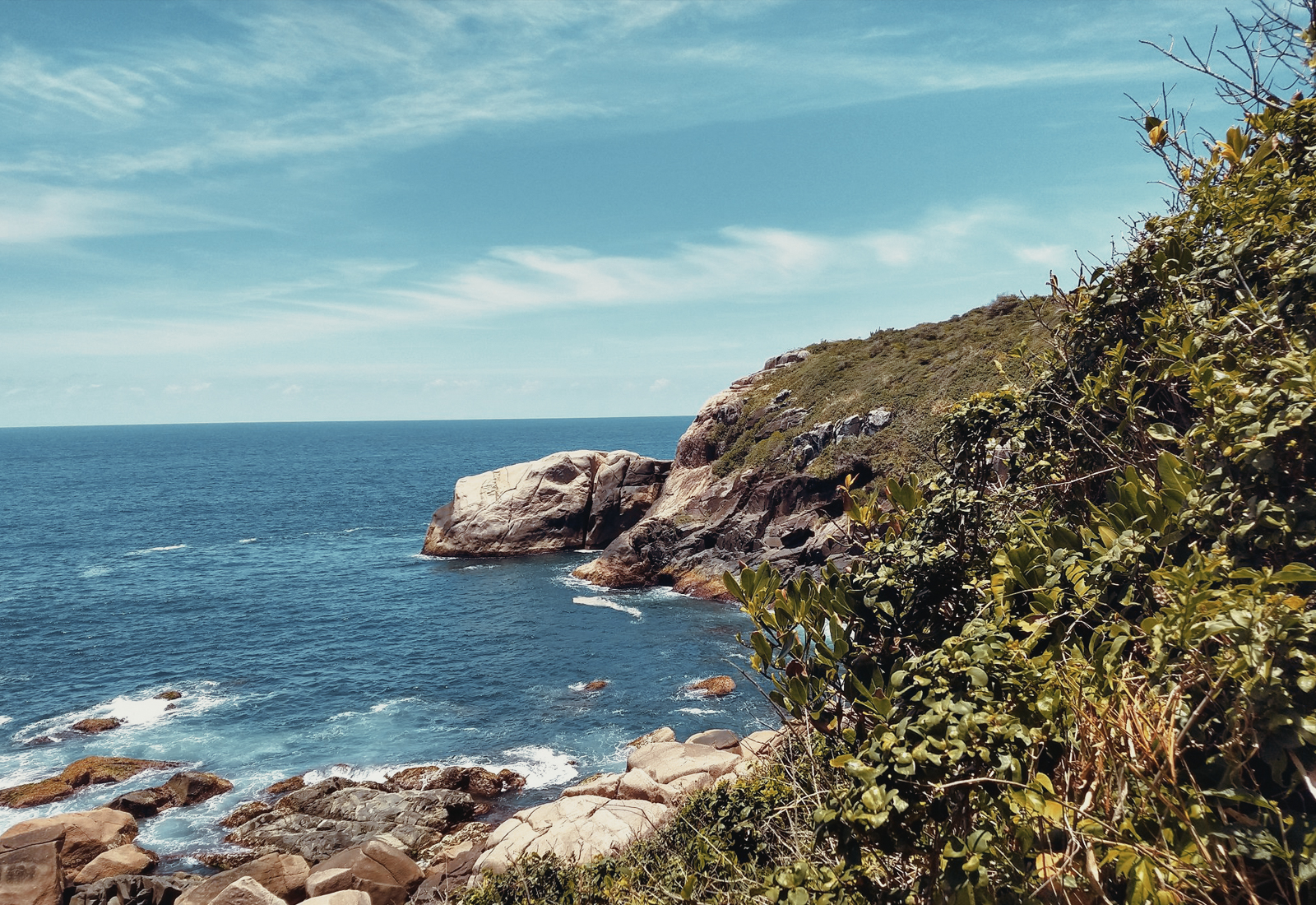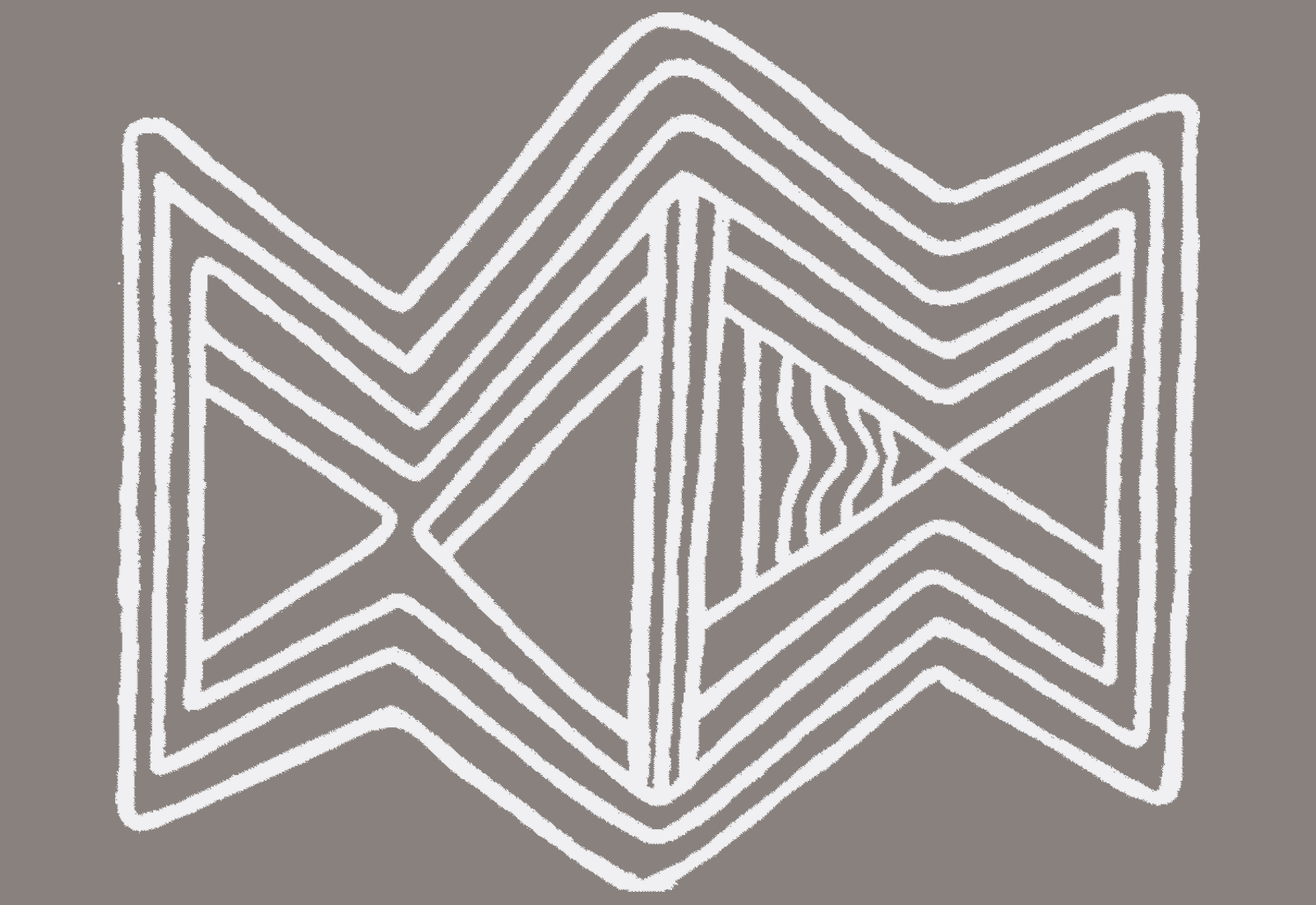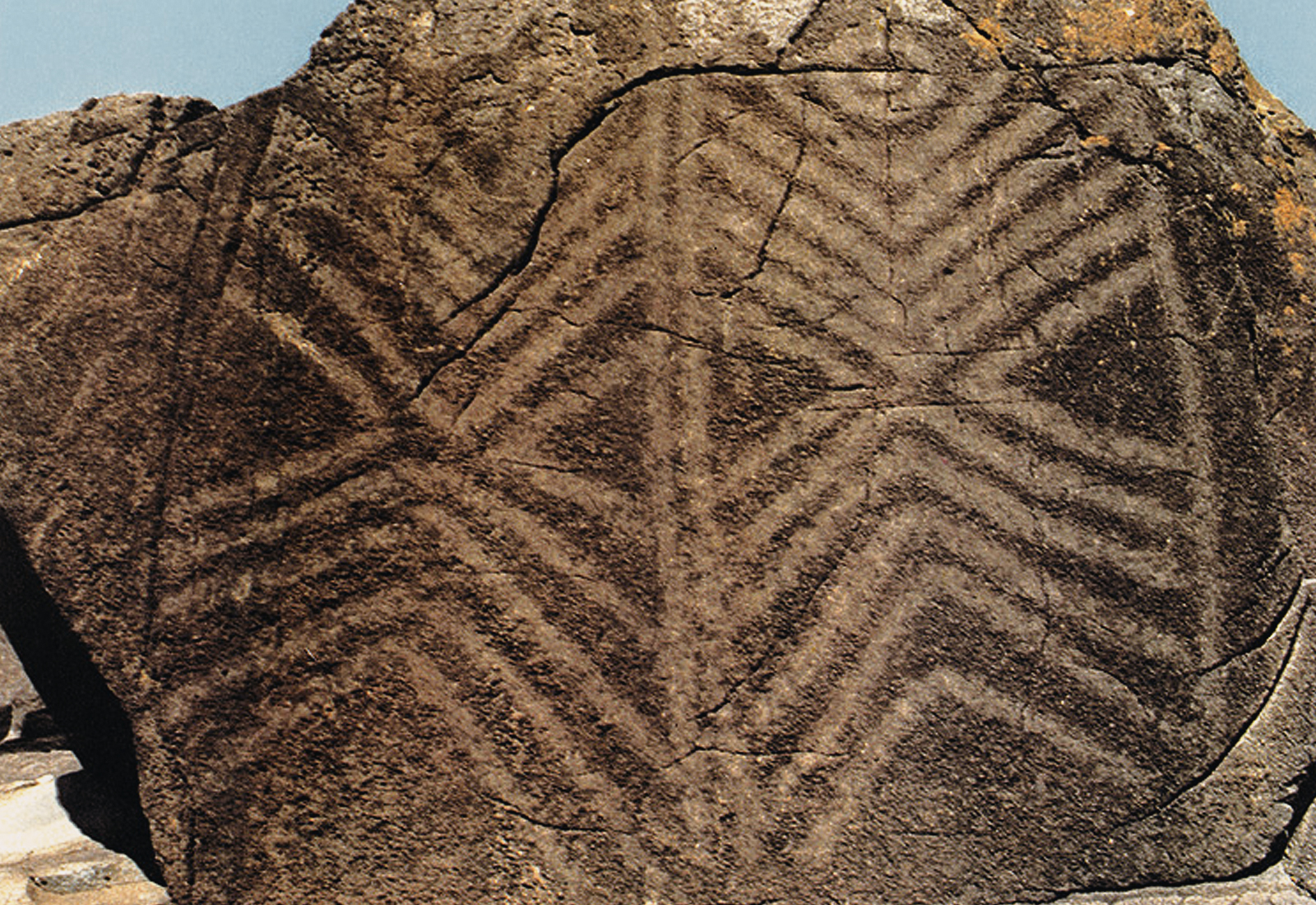


My trip with Brazilian Research Archaeologist Keler Lucas to see the unbelievably sophisticated Petroglyphs on the Island of Campeche turned out to be one of the great Artistic adventures of my life. The Petroglyphs of Campeche are truly wonderful works of Art. Who were the people who executed these extraordinary relief carvings, and when? In all probability these questions will never be solved as the passage of time has buried the answers.
Carbon dating of Middens (refuse mound) on the Island of Santa Catarina have shown that people have been living in the area for about 5000 year. The interest of the Bradshaw Foundation was fully reported by the Santa Catarina Press, and lead to an official visit to the Island of Campeche by the Director of IPHAN, the Department in charge of Antiquities, who immediately instigated a project of administration and preservation. The Head of the Department is a Director of the Board of ICOMOS-Brazil.
His section of our website contains Rock Art images not just from Campeche Island but other parts of Santa Catarina as well. Including, Arvoredo, Coral and Santinho, also included here is news on some of Keler Lucas latest discoveries as well as a report by Bradshaw Foundation Project Controller Catherine Hefner Urice on her recent visit to Campeche Island.
At the beginning of this year the Bradshaw Foundation funded an expedition to enable Keler Lucas to explore Little Sister, an island off the south west corner of Santa Catarina. This was the first time the Island had been visited by an Archaeologist. Keler reported with great excitement that he had made a wonderful discovery, a giant Mask Petroglyph, so unique, that he has called it a Rosetta Stone.
Shortly after Keler Lucas made the amazing discovery of the Mask Petroglyph, the Bradshaw Foundation sent their Project Controller Cathy Hefner Urice to the island just south of Campeche. Her task was to record and document the Mask when she was there, her report of the expedition can be read here.
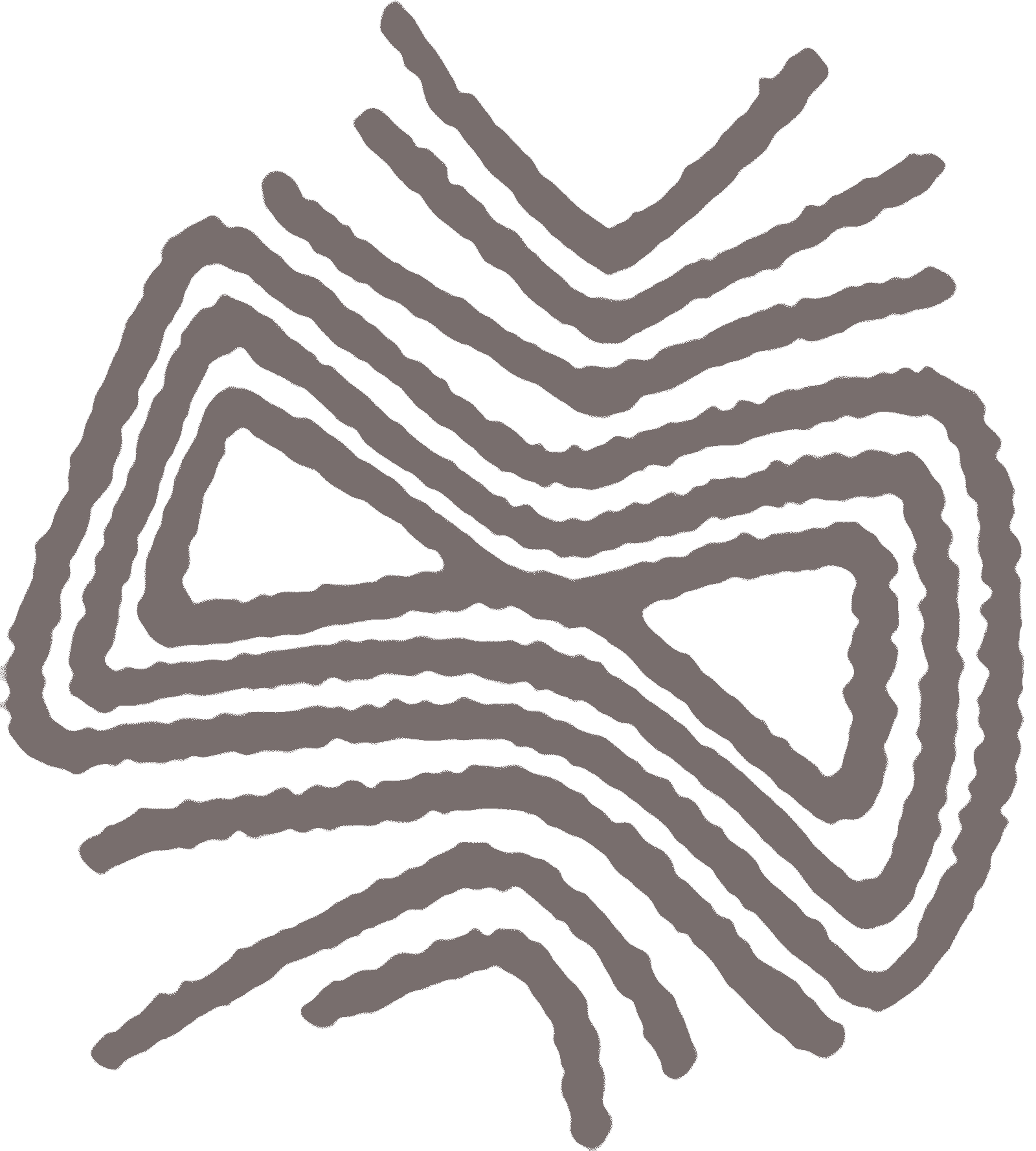
All that remains of the Native Indians of Santa Catarina is their amazingly sophisticated Art, which takes the form of Geometrical Petroglyphs. To bring this Art to the attention of the World, the Bradshaw Foundation visited the island to meet Keler Lucas, and have since created this Website using his photographs. For the last 20 years Keler Lucas researched this Art form, and become the leading expert on the subject, and published a book entitled "Arte Rupestre em Santa Catarina".
Off the east coast of the Island of Santa Catarina, floating like ships in the Atlantic Ocean, are several tiny islands. We were to visit three islands, Campeche, Arvorado, and Coral. On these three islands are found many panels of quite amazing Geometrical Petroglyphs. On Campeche alone there are over 130 known panels around the coast while others, yet to be discovered, surely hide in the island's tropical undergrowth. These islands can be reached only by fishing boat, the trip taking approximately 45 minutes.
The island is tiny, being about 800 yards long and 300 wide, and consists of two granite hills joined by a saddle. The shore is girdled with massive granite boulders except for a paradise sandy beach that stretches for 300 yards in a crescent along the middle of the west shore. The vegetation is tropical, and the island is densely covered with 15 foot high native scrub, wild fruit trees of every description, and slender palms. A spring provides visitors with drinking water. On the south end of the sandy beach is a large basalt rock some 10x5 feet in size, which is covered with what are called Grinding Circles.
No one knows what was prepared in these 1 foot diameter circles that have a slightly convex centre. Was it food, fish hooks, or ornaments? These circles are found all along the coast of Brazil, and are even found on the Caribbean Islands. The grinding circles are usually found in the black basalt rock intrusions, but can be also discovered on the pink granite rocks of the coast line. Also found are grooves which are either in parallel groups or sometimes arranged in bizarre shaped faces.
Unlike the Circles and Groves, the Geometrical Petroglyphs are only found on about 100 miles of coast line north and south of the island of Santa Catarina. Many of the sites on the mainland have been destroyed, although some very important one, like those at Santinho, have been preserved by caring citizens running commercial enterprises.The most important rock art sites are to be found on the islands of Santa Catarina, which must mean that the Native Indians considered these places to be very sacred. The population of recent years believed that the rock art petroglyphs marked the Jesuit’s hiding places for their gold, so they were constantly destroyed with dynamite by treasure seekers.
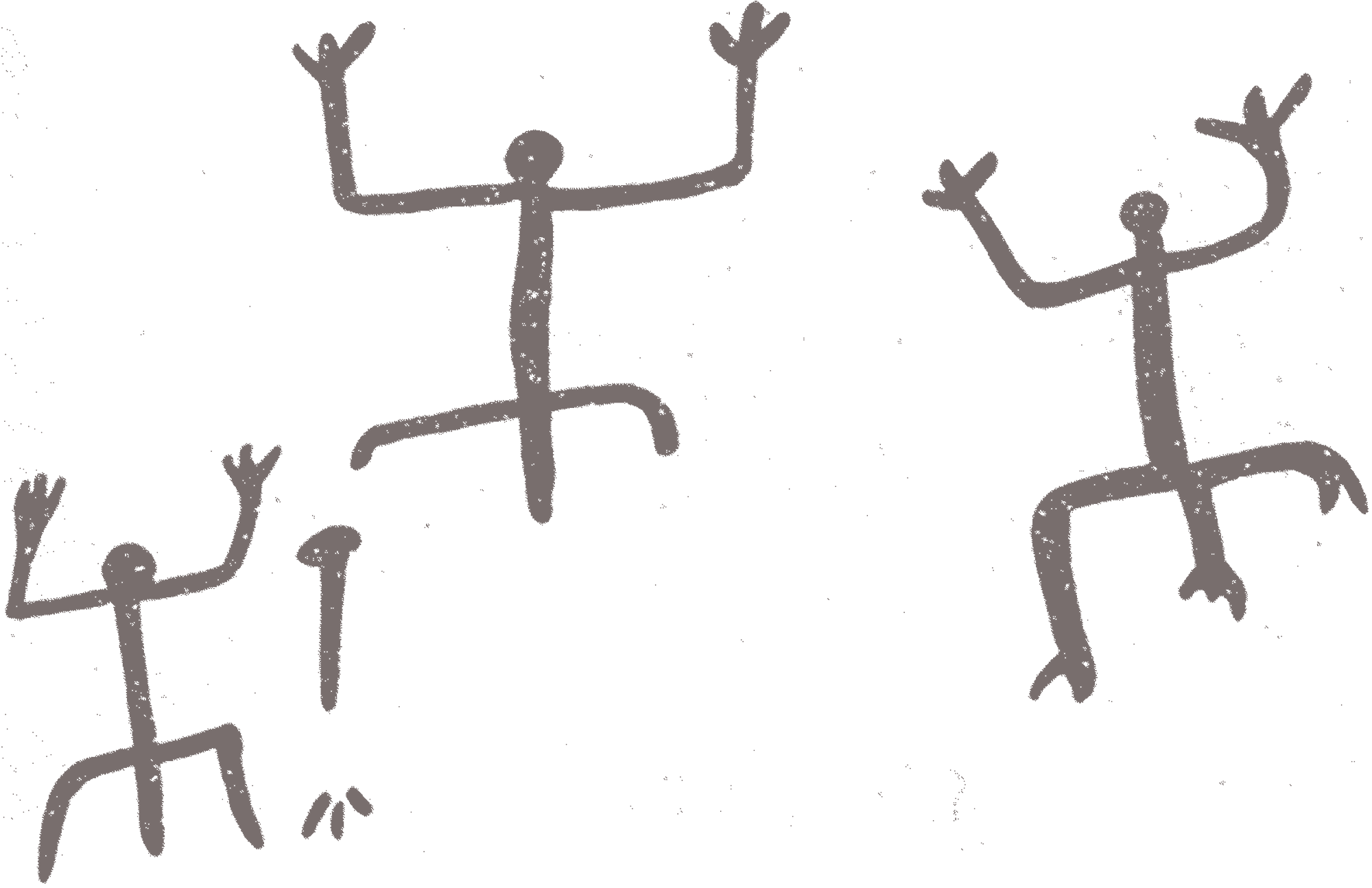
The panel has about 60 perfect hexagons, each about 5 inches across and stacked together like a honeycomb. On the right are a similar number of 5 inch high equilateral triangles in horizontal sawtooth lines. Above the hexagons are more sawtooth triangles and to the left of them is 4 foot high panel of vertical wavy lines. On the platform beneath the Hexagon and Mask panel are two more petroglyph panels, one of checkered dots the other a net design.
To obtain photographs of the panel it was necessary to stand right on the edge of the platform while supported by a rope. From the platform there is a magnificent view of the inlet in the centre of which is a great tongue of granite boulders that points castwards out into the sea towards the horizon.
We climbed down off the platform returning to the boulders below to see the Great Double Mask of Campeche. Many of the Masks are double but this is the only example that also includes a circle until the discovery made this year by Keler of the Little Sister Mask.
Tourist damage is a continual problem, below is an example were someone has deliberately scratched the original line of the petroglyph. Before leaving the southern end of the inlet we climbed the cliff to see a completely different type of giant panel. This wall of symbols rises from another natural platform that faces out to sea.
We arrived at a platform some 40 feet above the sea to discover an enormous panel that contained a variety of rock art symbols and an amazing mask petroglyph.
On the rocks of the northern end of the inlet of Campeche Island are several Manikins. These Manikins have been called the Family, the stick like rock art figures seem remarkably primitive compared to the symbolic and complex patterns of petroglyphs that have been discovered on the main platform.
On the northern end of the island is a marvellous panel of Running Wavy lines.
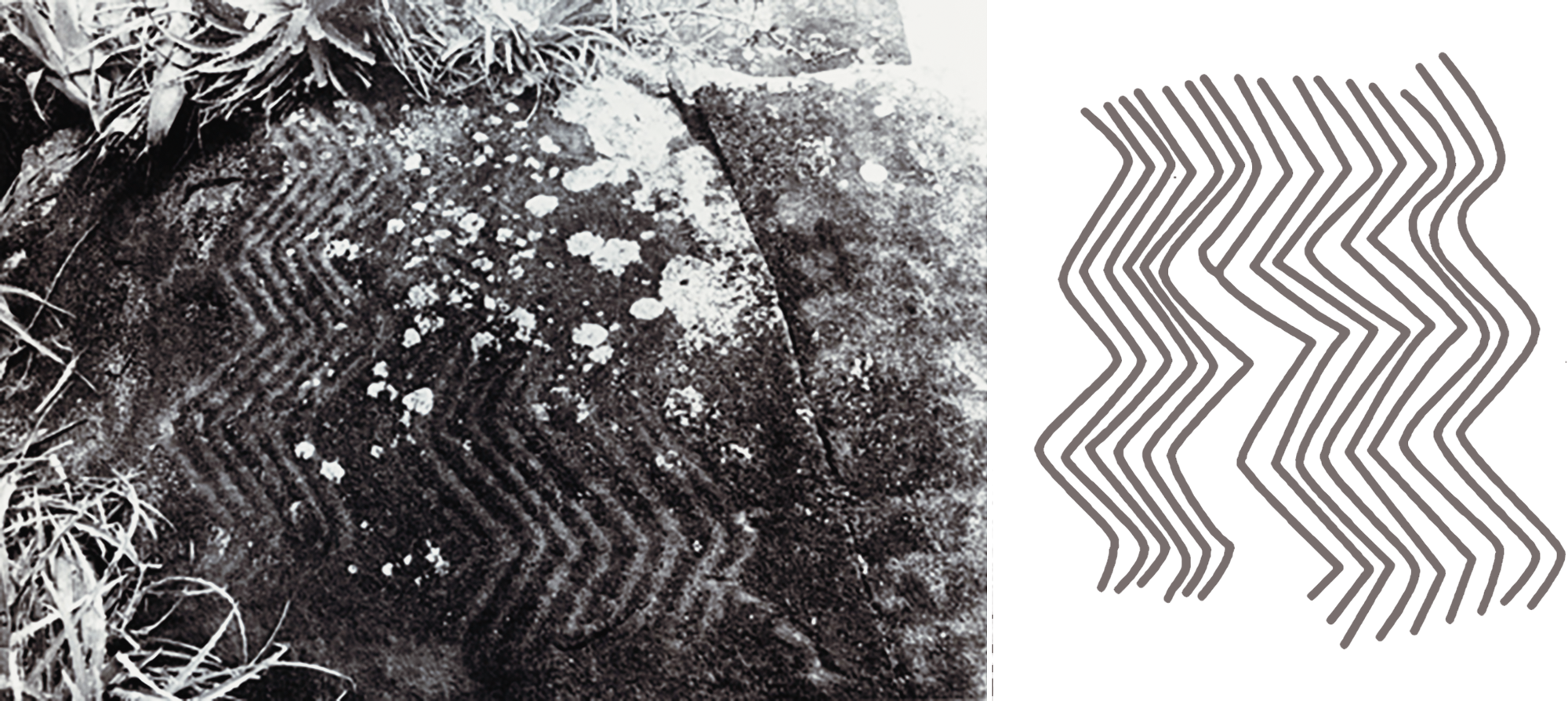
The north shore of the island is covered with a mass of beautifully sculptured granite boulders, On the northern end of the island near the giant standing rock is a great panel of petroglyphs.
On returning to the beach we had one more amazing petroglyph to see. This was discovered by Hugo Alaluf. Researcher and Tourist Guide to Campeche, known as "The Angel of Campeche", in 1996. He is called "Angel" by Keler Lucas, because he collects 2 tons of tourist rubbish every year, without being paid! His reward has been the discovery of this wonderfully carved rock, which is unique.
A magnificent Mask down by the shoreline of the east coast. This Mask has a line and dots down the right hand side to make it unique. Below to the right another example of a giant panel of Masks and Manikins carved of a massive granite face on the eastern coast.
→ Subscribe free to the Bradshaw Foundation YouTube Channel
→ South America Rock Art Archive
→ Rock Art of Serra da Capivara
→ Rock Art of Pedra Furada
→ World Heritage Site of Cueva de las Manos (The Cave of the Hands)
→ Rock Art of Bolivia
→ The Rock Art of Santa Catarina
→ The Checta Petroplyphs - Peru
→ Bradshaw Foundation
→ Rock Art Network
